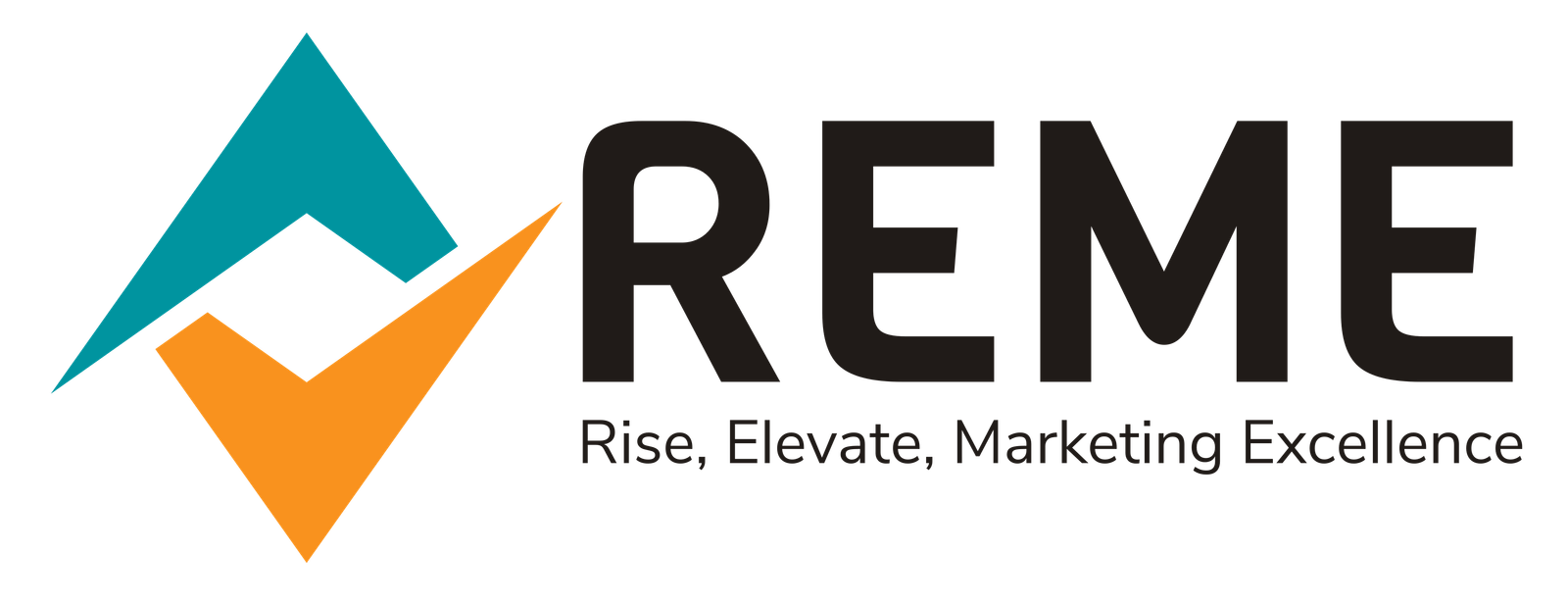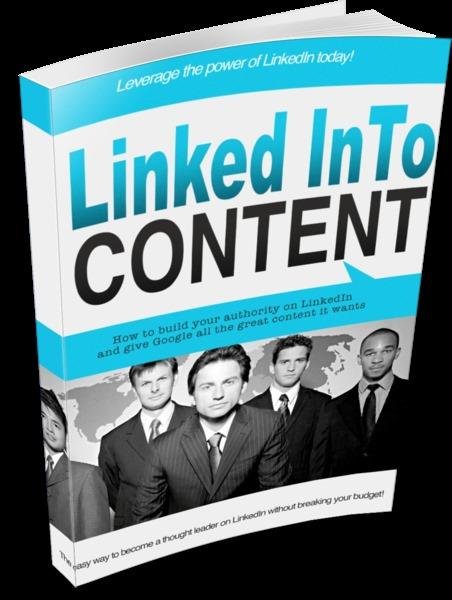Linked Into Content: How to Build a Winning LinkedIn Content Strategy
LinkedIn has evolved from a digital resume platform into a powerful space for personal branding, thought leadership, and professional connections. For brands and individuals alike, LinkedIn content is now a cornerstone of a comprehensive social media strategy. This article will break down key steps to craft a LinkedIn content strategy and highlight tools and resources to enhance your approach.
1. Define Your Audience and Goals
Before you start posting, it’s essential to understand who you’re speaking to and what you hope to achieve.
Tips:
- Use LinkedIn’s analytics (under “My Network” > “Connections”) to learn about your followers’ demographics.
- Identify industry trends and popular posts within your niche by exploring LinkedIn’s “Discover” feature.
Helpful Websites:
- LinkedIn Analytics: Use this to measure your page and audience analytics.
- SparkToro: Use this tool to better understand your audience’s online behavior.
2. Build a Content Plan with Pillars and Themes
Think about your content pillars—the main topics you’ll cover that align with your expertise and audience’s needs. This could range from “industry insights” to “career tips” or “company culture.” Creating a content plan with themes helps maintain a steady flow of content that feels cohesive and intentional.
Helpful Websites:
- Hootsuite: Offers scheduling and monitoring features, plus tips for creating engaging LinkedIn posts.
- Canva: Design professional-looking graphics for LinkedIn posts, especially if you plan on incorporating visuals.
3. Craft Engaging LinkedIn Posts
The best LinkedIn posts are those that encourage engagement, provide value, and establish a personal connection. Aim for a blend of content types: text posts, articles, polls, images, and videos.
Helpful Websites:
- Grammarly: Helps polish your writing for clarity and professionalism.
- Piktochart: An excellent tool for creating infographics, which perform well on LinkedIn.
4. Leverage LinkedIn Features
In addition to posts, use LinkedIn’s other features like LinkedIn Live, newsletters, and articles. These offer unique ways to connect with your audience more meaningfully.
Helpful Websites:
- LinkedIn for Creators: LinkedIn’s own resource page for content creators, offering tips on using advanced features.
- Restream: Use Restream for LinkedIn Live if you’re planning live-streamed content.
5. Optimize Posting Times and Frequency
Timing and consistency matter on LinkedIn. Experiment with different days and times to see when your audience is most active.
Helpful Websites:
- Sprout Social: An in-depth social media management platform with analytics to help you time posts for optimal engagement.
- Buffer: A simpler alternative that lets you schedule and analyze post performance.
6. Engage With Your Audience
Engagement is a two-way street. Be proactive in commenting on others’ posts, sharing relevant content, and responding to comments on your posts.
Helpful Websites:
- LinkedIn’s Active Engagement Guide: Tips and insights from LinkedIn on building engagement.
- Brandwatch: A social listening tool to track how people engage with your brand on LinkedIn.
7. Measure and Refine Your Strategy
Analyze your LinkedIn analytics regularly to see which types of content perform best. Over time, you can refine your approach based on what resonates with your audience.
Helpful Websites:
- Google Analytics: Link Google Analytics to your LinkedIn profile to understand referral traffic.
- Shield App: A LinkedIn-specific analytics tool for tracking post performance and engagement.
Conclusion
LinkedIn content can drive engagement, establish authority, and foster meaningful connections. By following these steps and using the right tools, you can craft a LinkedIn content strategy that drives impact and helps you achieve your professional goals.







Reviews
There are no reviews yet.